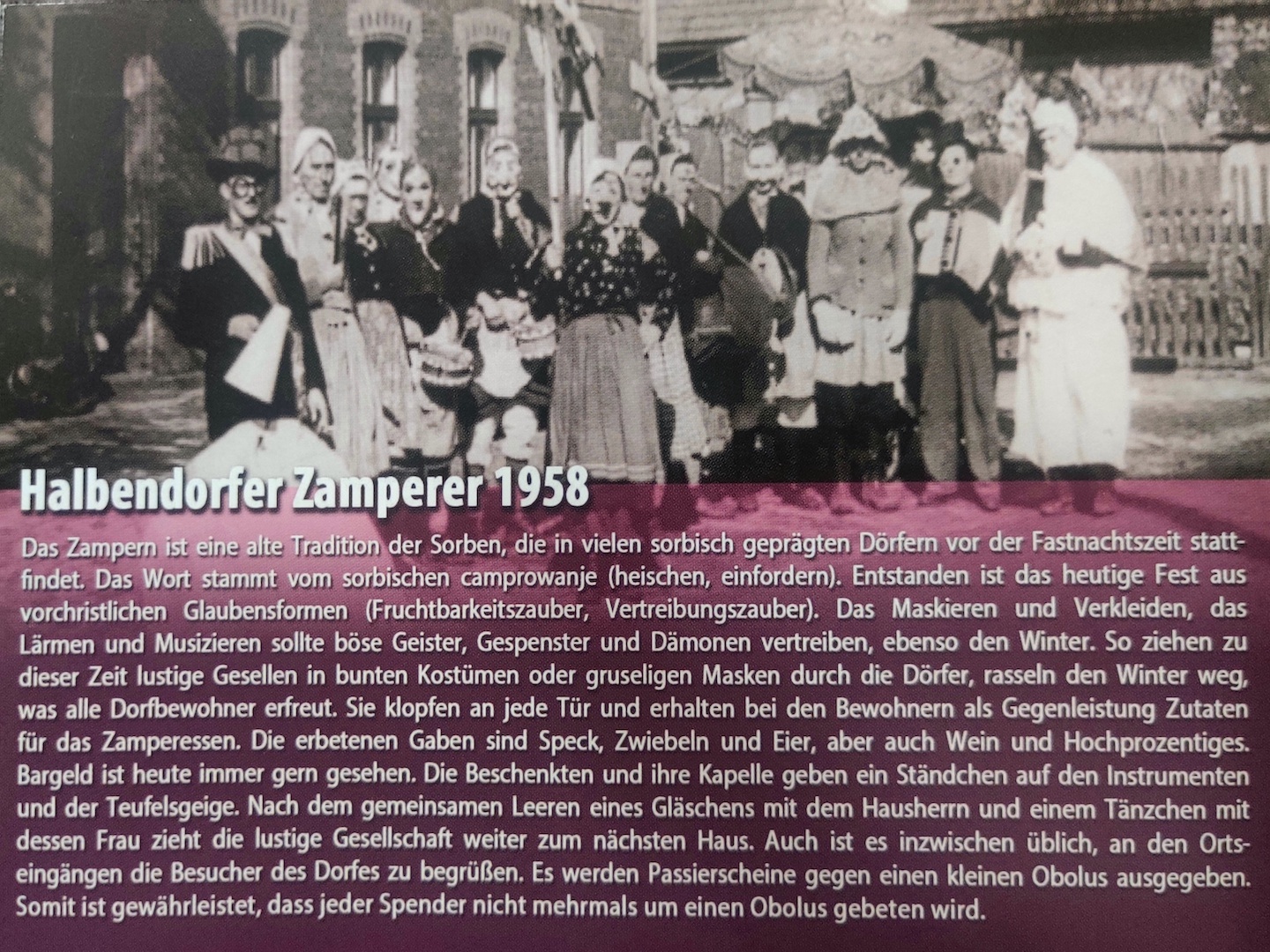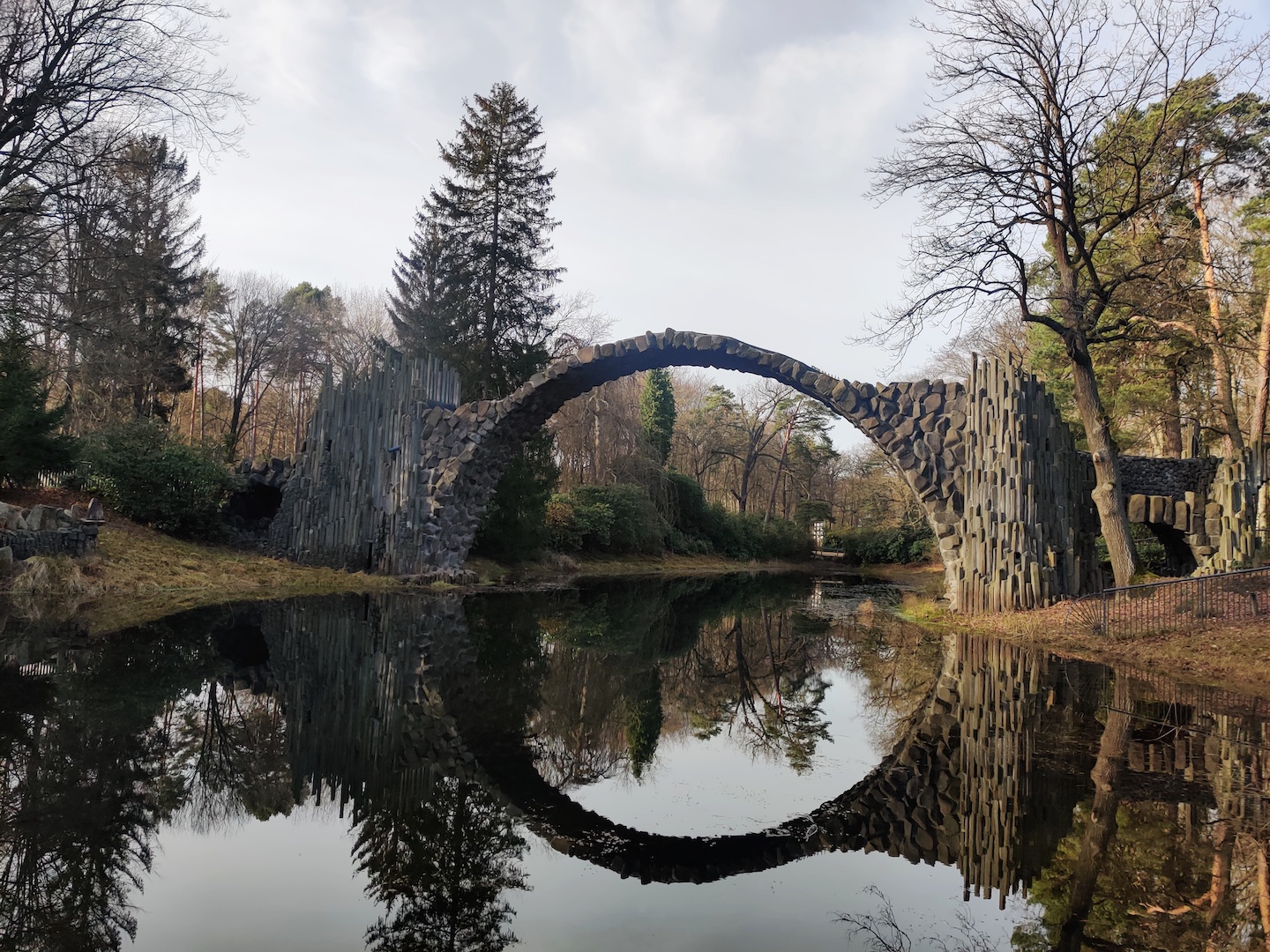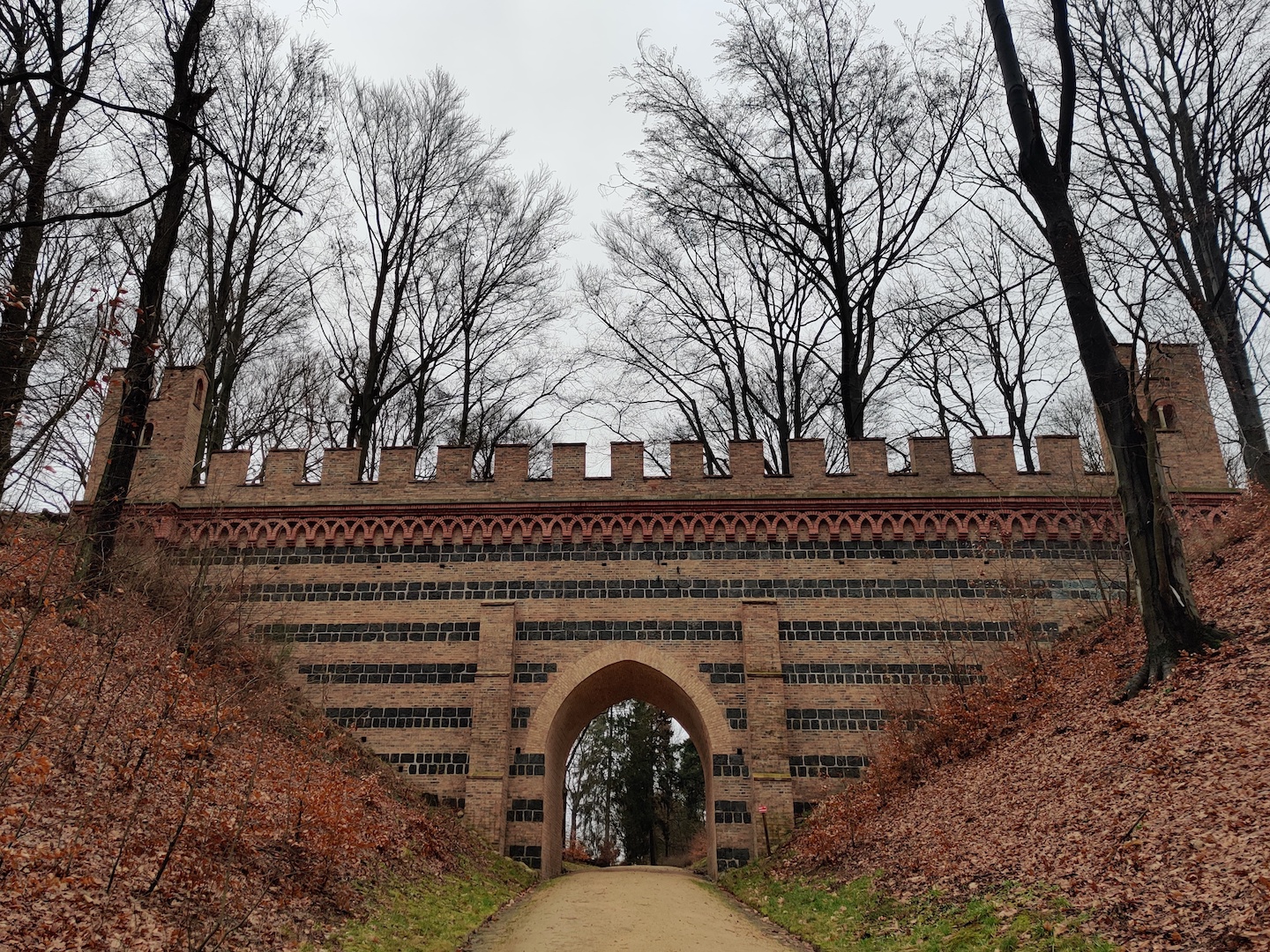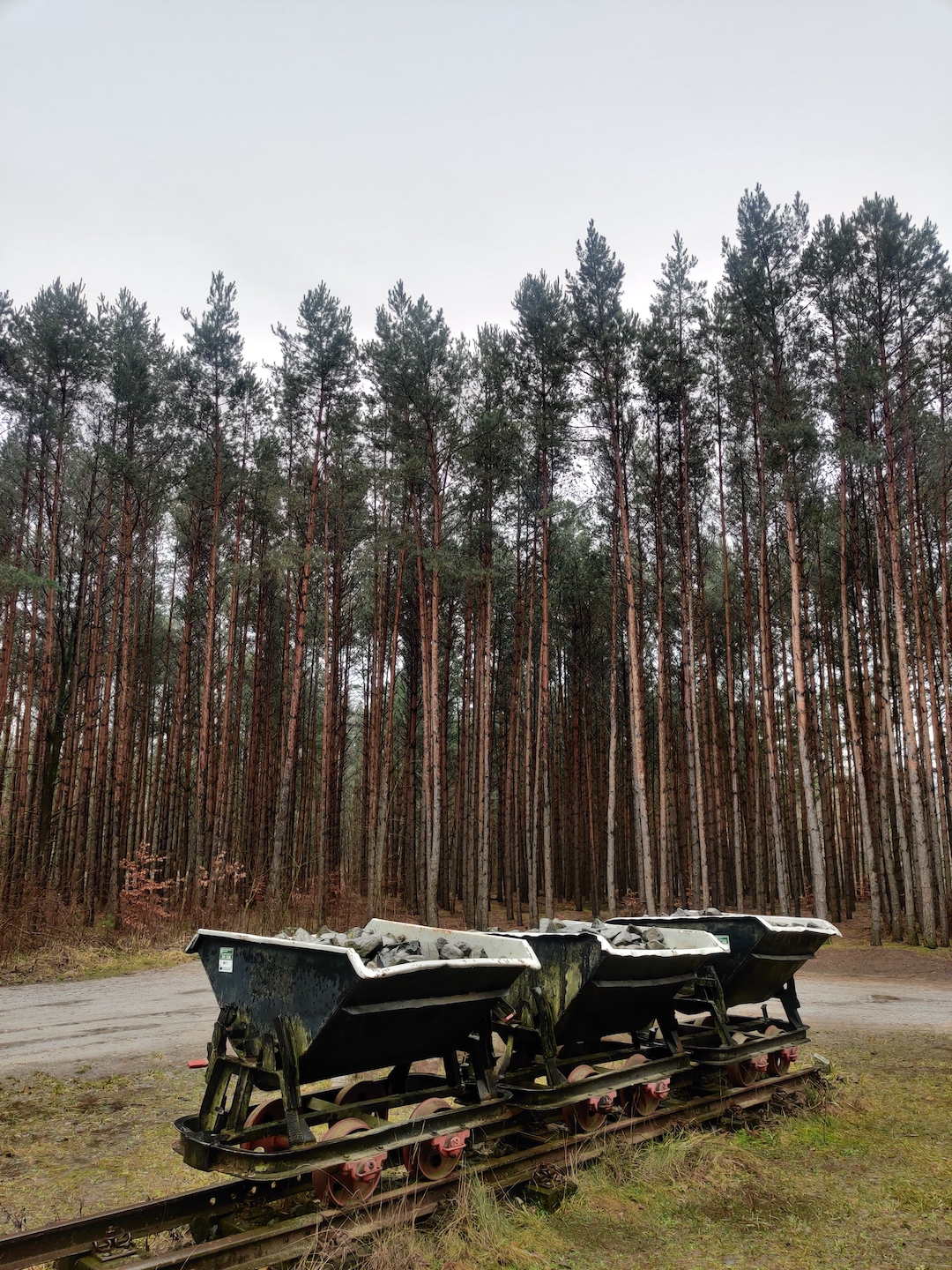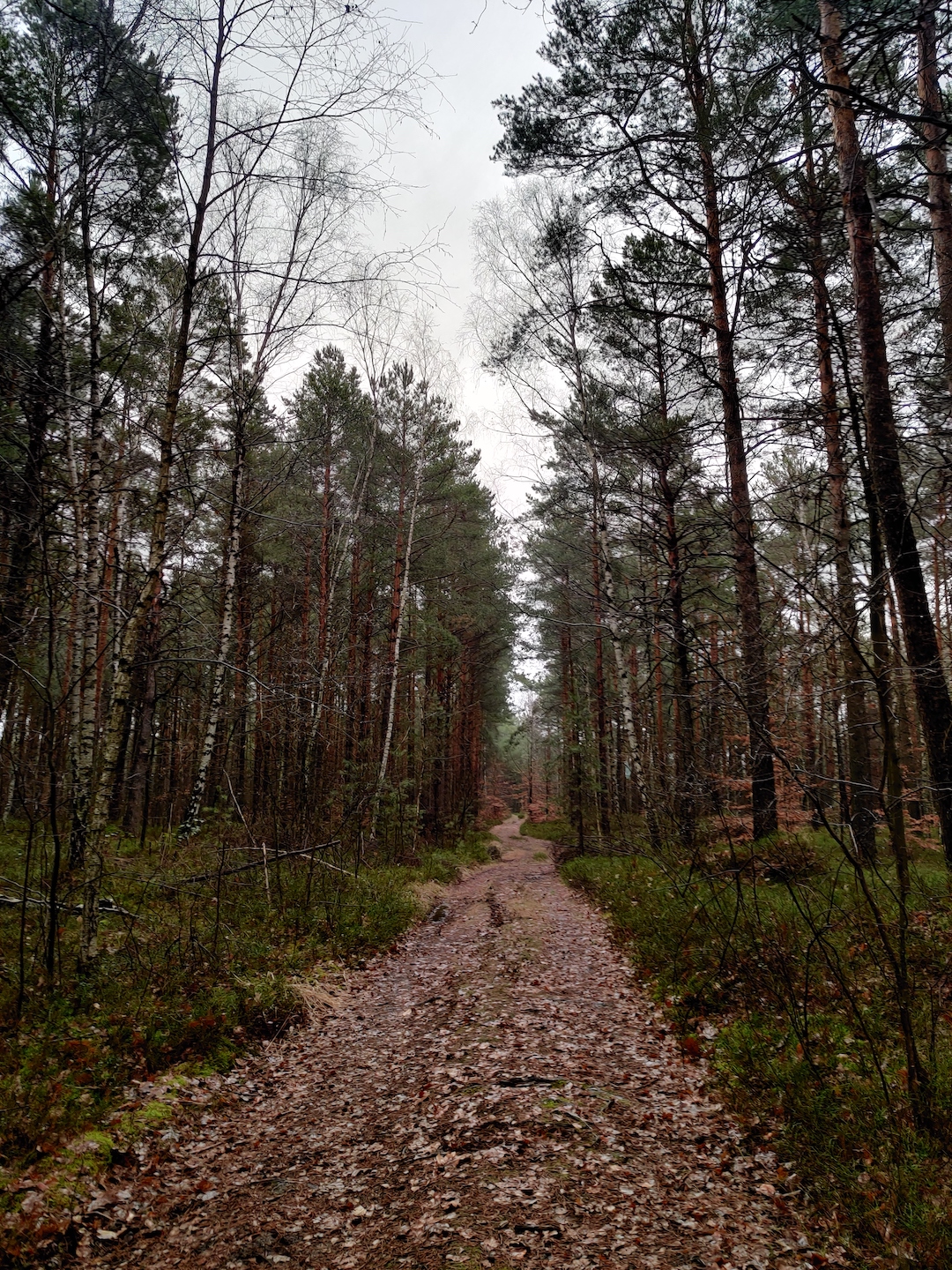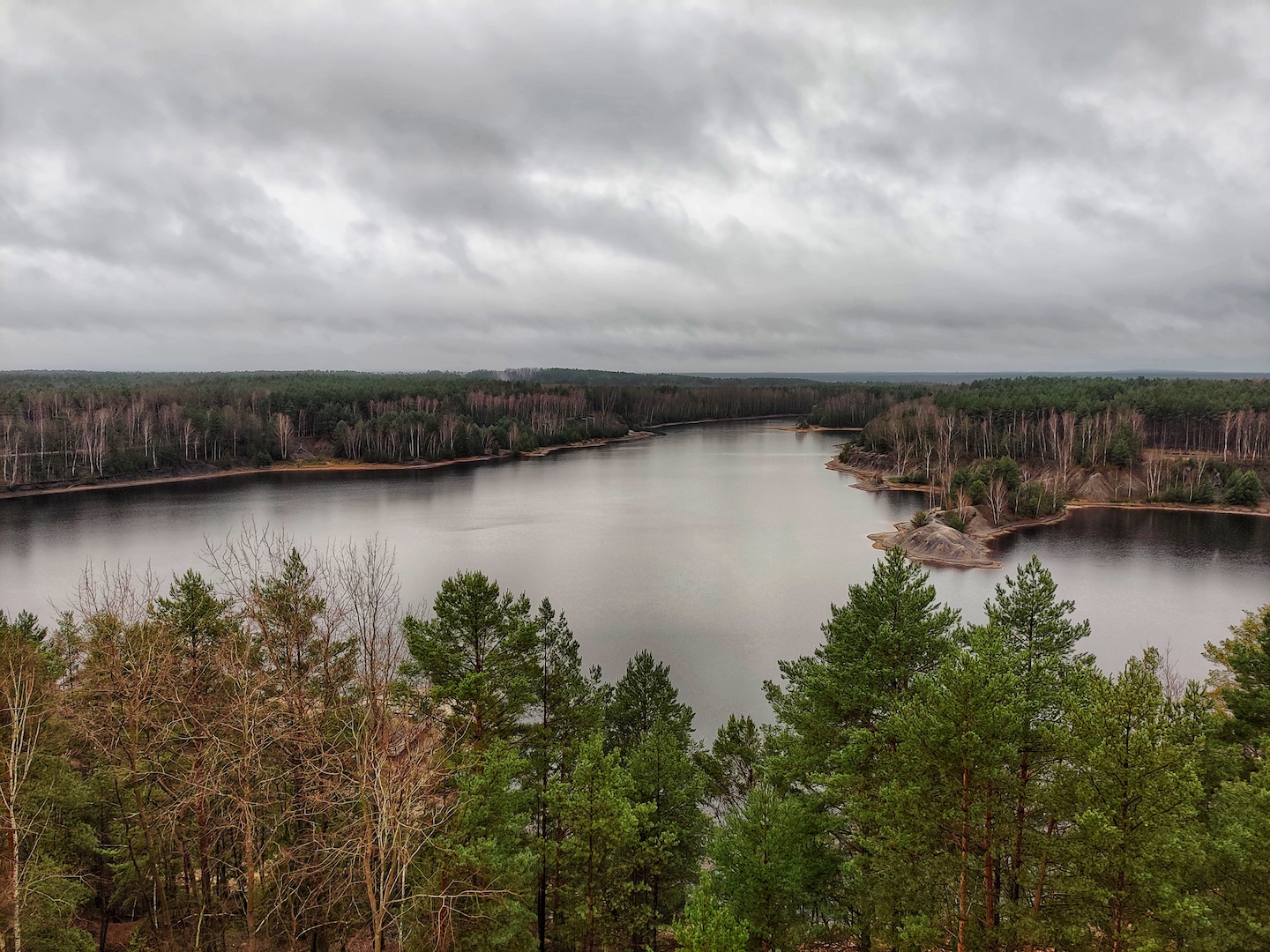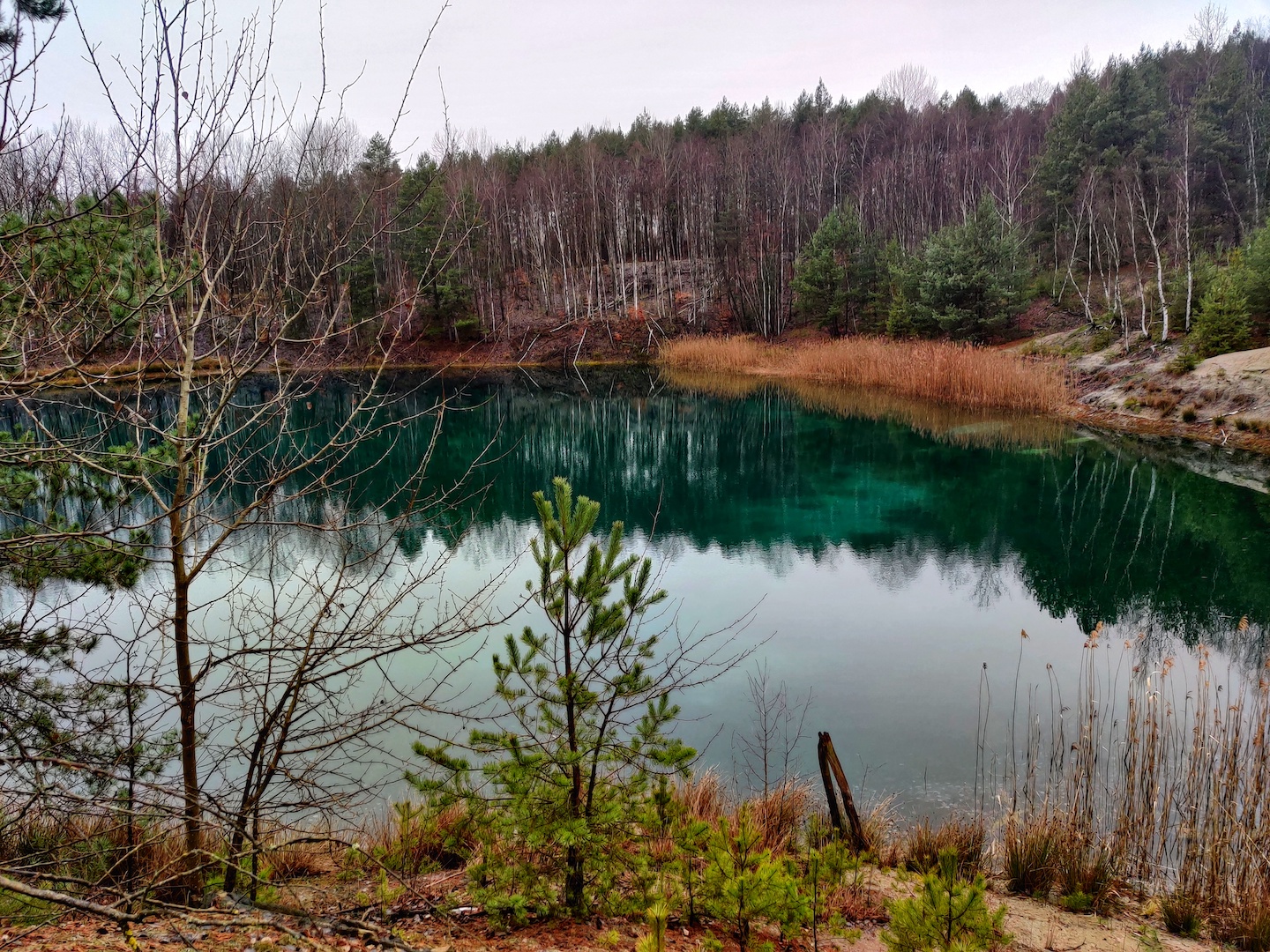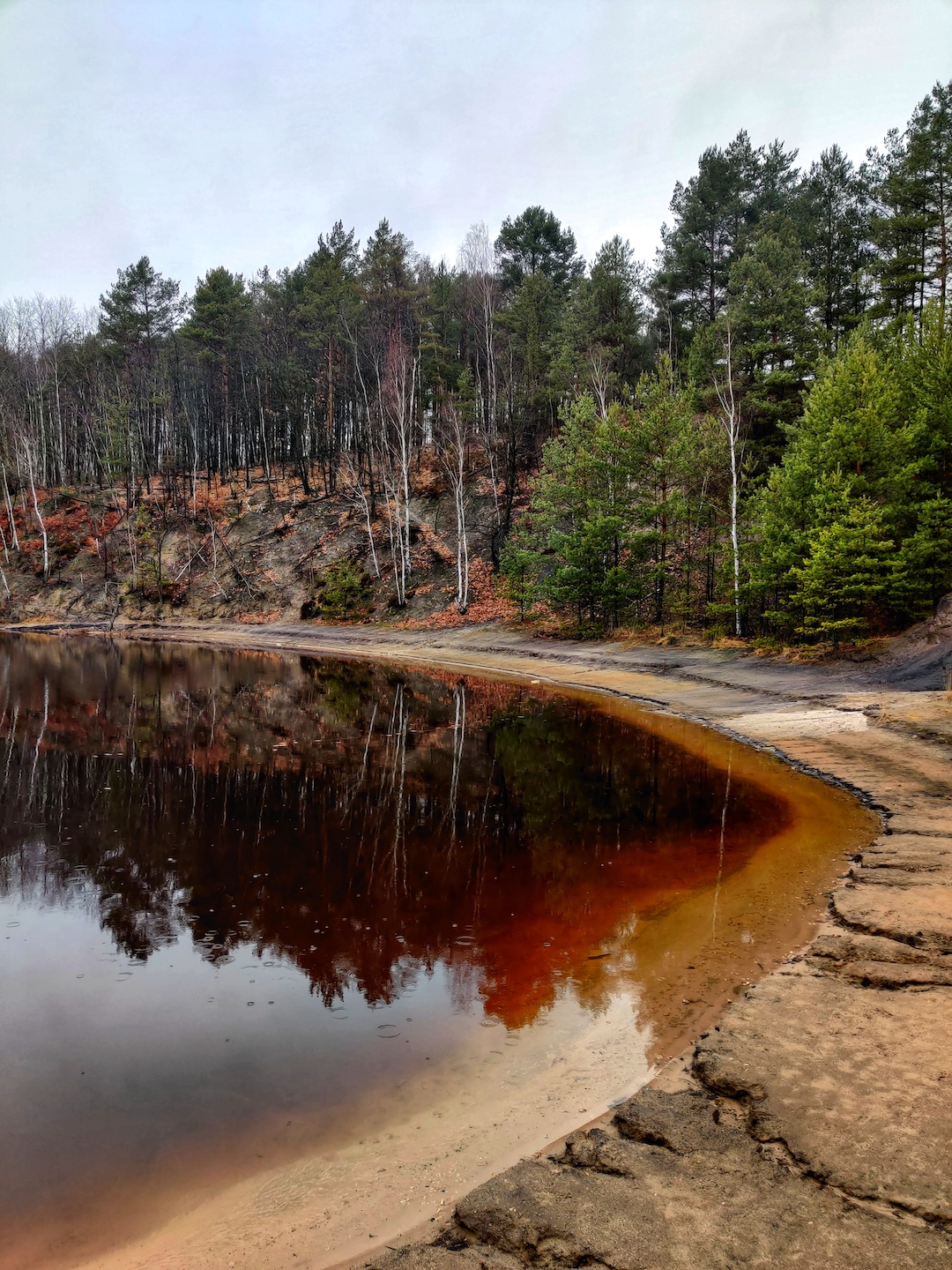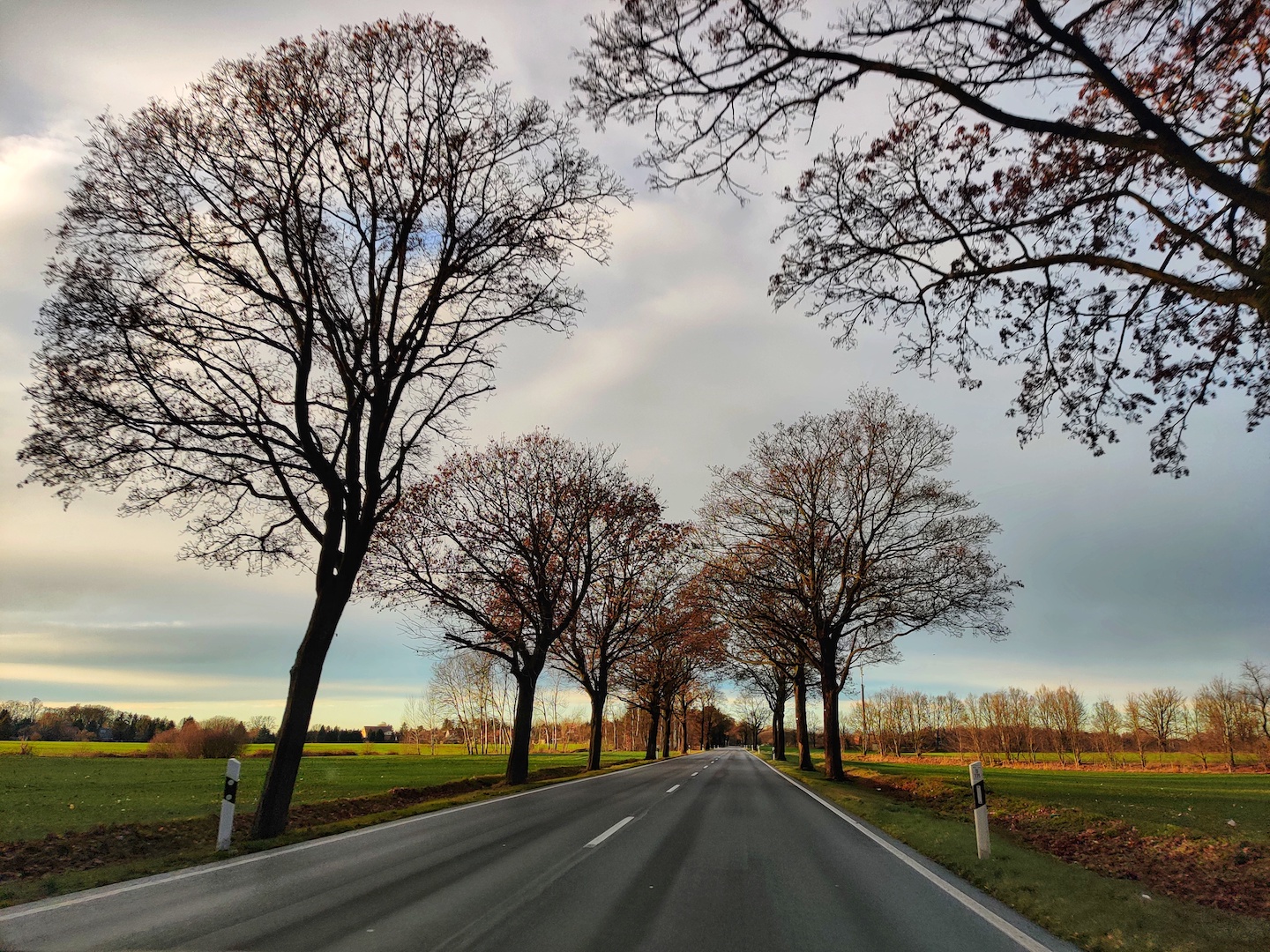Muskau Arch Trip
This post will be about our trip to the Lusatia (Lausitz) region which is between Germany and Poland.
On our way near Halbendorf, we came across a group of people dressed in traditional costumes who stopped our car and asked for a donation. We had no idea what was happening. They gave us something called a ‘Passierschein’. Later, I looked into what that was all about and discovered it was a Sorbian tradition known as Zampern. We were fortunate enough to witness it. You can check a short video clip about Zampern. Another interesting fact I learned there is that there are different German words for carnival, such as Fastnacht, Fasching, and Karneval. In Saxony, carnival is known as Fasching.
I heard Sorbian for the first time while hiking to Liepnitzsee last summer. A hiker was studying the Sorbian culture and language. She was from Serbia, and I initially thought she was working on Serbian, not Sorbian, until she corrected me and explained Sorbians. Later, I discovered that Spreewald is home to many Sorbians.
Our first stop was Rakotzbrücke, also known as the Devil’s Bridge and built in 1860. The name devil comes from its unusual design, which implies that only Satan could have built it. This one-of-a-kind bridge can be found in the Rhododendronpark Kromlau near Gablenz. We went on a 6-kilometer hike and had a picnic there.
The second stop was Schloss Muskau (Muskau palace) in Bad Muskau, a border town between Poland and Germany. The palace is located in Muskau Park, which is a UNESCO World Heritage Site since July 2004.
Prince Hermann von Pückler-Muskau designed a landscape garden on both sides of the Neisse River in 1815. His park was designed to be extremely modern and artistic. Even though his garden dreams did not come true, we can say he had a significant impact on today’s Muskau Park. Pückler also envisioned a classically styled medieval castle in Muskau Park. This, however, never occurred. The current main building, known as Neues Schloss (New Palace), was constructed in the Neo-Renaissance style in the nineteenth century. It burned down during WWII and was rebuilt in 2013.
This bridge is located on the Polish side of Muskau Park.
In Łęknica, Poland, we have visited the transnational Geopark “Muskauer Faltenbogen”(Łuk Mużakowa). There we have explored a post-mining area of the former lignite mine ‘Babina’, where lignite and ceramic clays were mine from 1921 to 1973.
The post-mining lakes delight with unusual colours of highly acidic water, which contain compounds of many elements - mainly iron, calcium and sulphur, as well as iron bacteria. Reservoir ‘Africa’ is the largest post-mining lake in Poland and lignite gives its spectacular brown color.
We saw beautiful scenery as we drove back to Berlin.
